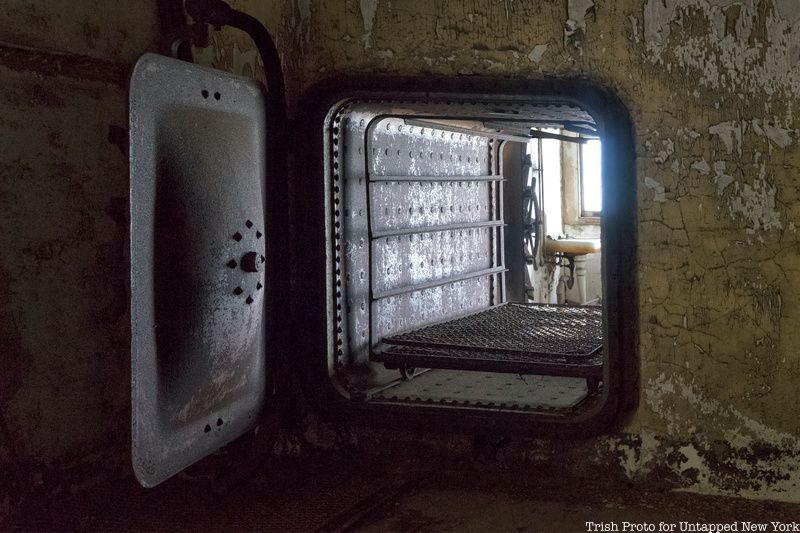NYC’s Forgotten ‘War on Christmas Trees’
Discover how an obscure holiday crackdown affects festive street vendors today!


Though the United States has not welcomed immigrants through Ellis Island since the federal immigration station closed in 1954, it is believed that about 40 percent of Americans can trace their ancestry through the Island. Processing more than 12 million immigrants throughout its 62-year history as an operating federal immigration station, Ellis Island and its history are integral to understanding the America that exists today, according to experts associated with the historical site.
Looking closely into the history of Ellis Island, it becomes clear that there are three district eras: a period as a bustling immigration station, a period of decay and oblivion, and a period as a museum of immigration. Though the station’s first era receives comprehensive coverage in American textbooks, and the last era is known by the millions of visitors who visit the museum each year, the middle era is often forgotten. Untapped New York’s Artist-in-Residence, Aaron Asis, aims to shed light on the immigration center’s entire history through his latest installment of Unforgotten, a series that focuses on the relationship between public interest, creative efforts, and governmental actions with a goal to promote access and awareness throughout our cities.
Throughout the film, Asis interviews various players integral to the preservation of Ellis Island history. The words and perspectives of Lean, Noah Lumsden of the National Parks Service, Stephen Briganti of the Statue of Liberty-Ellis Island Foundation, and French artist JR reveal aspects of Ellis Island’s history while underscoring their significance.
“Whatever can be done to enhance telling the Ellis Island story of the past and the American story of the present is the right thing to do,” Briganti said in the short film.

Unlike the majority of content about the immigration center, Asis’ film uncovers untold stories by discussing the station’s abandoned history along with its well-known eras. Asis notes that the period of decay occurred during a period of time during which some Americans may have not wanted to associate with their country due to current events surrounding politics, civil rights, and more. However, understanding every era of the immigration station’s history is important to understanding the America that exists today and the America that will exist in the future.
“As we continue to reflect on the past, present, and future of Ellis Island, efforts to preserve historic structures and share the real story of immigration remain ongoing,” Asis said in the short film. “As our relationship with immigration continues to evolve, we should take a moment to celebrate the extraordinary significance of Ellis Island and its impact on our history, our memory, and our lives.”

If you would like to experience the historic immigration center in person, join us on our Ellis Island Hard Hat Tour. On this experience, you will discover the laundry building, contagious disease wards, autopsy rooms, staff house and so much more as you walk in the footsteps of the immigrants who were there a hundred years ago. While exploring the buildings you will also see several life-size photographs of immigrants pasted on the walls of the abandoned buildings. They are part of JR’s exhibition “Unframed – Ellis Island.”
“It’s interesting to look at Ellis Island to learn from what was actually great about this system of welcoming people and stories that are pretty recent history,” JR said in the short film. “This little island in the middle of water, it’s really a place where you have to go to try to understand how to deal with our future.”
Next, check out more of Ellis Island’s forgotten history by learning more about its dark past as a detention center during World War II!
Subscribe to our newsletter